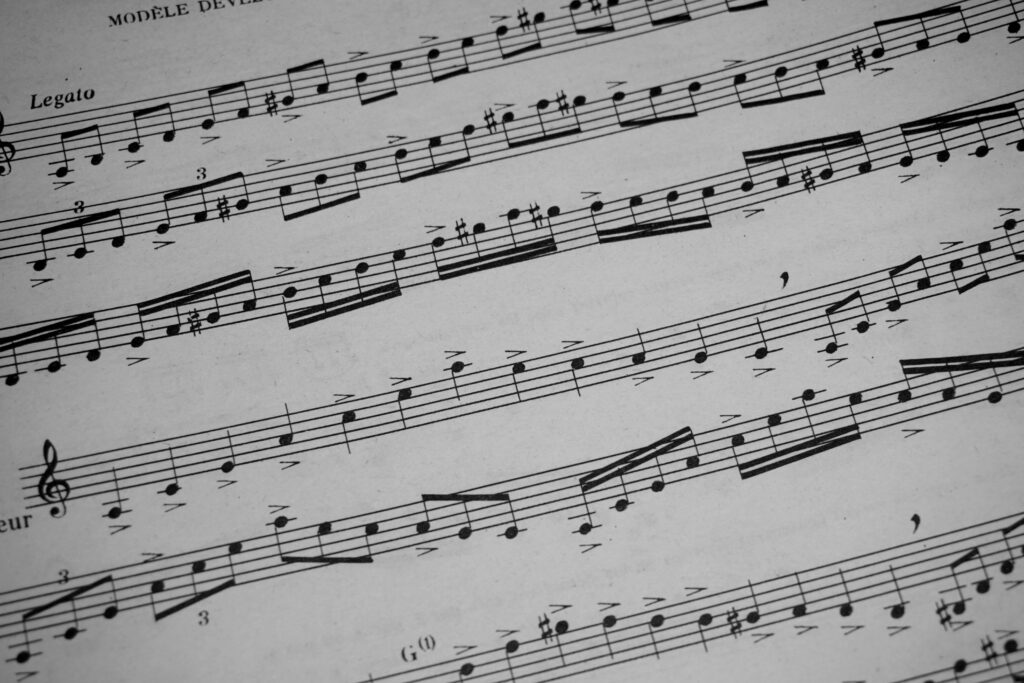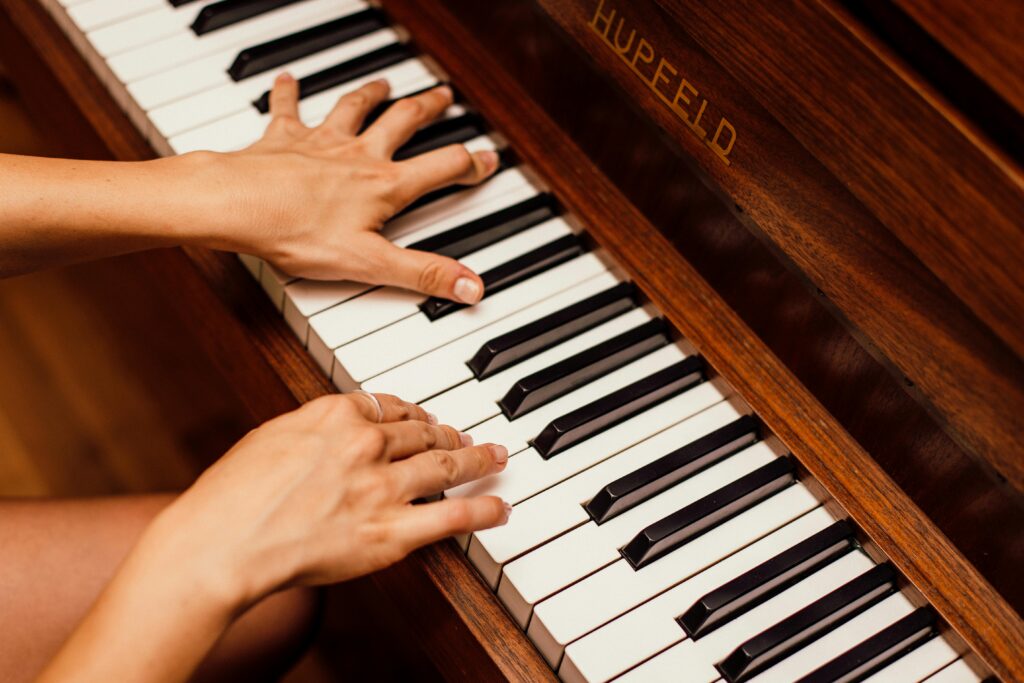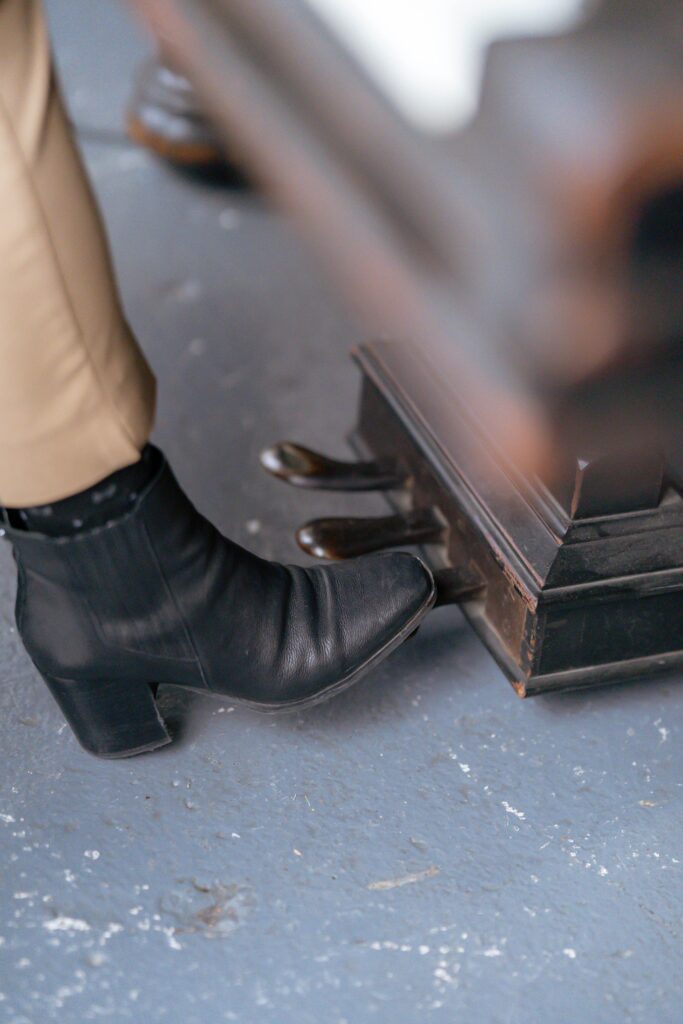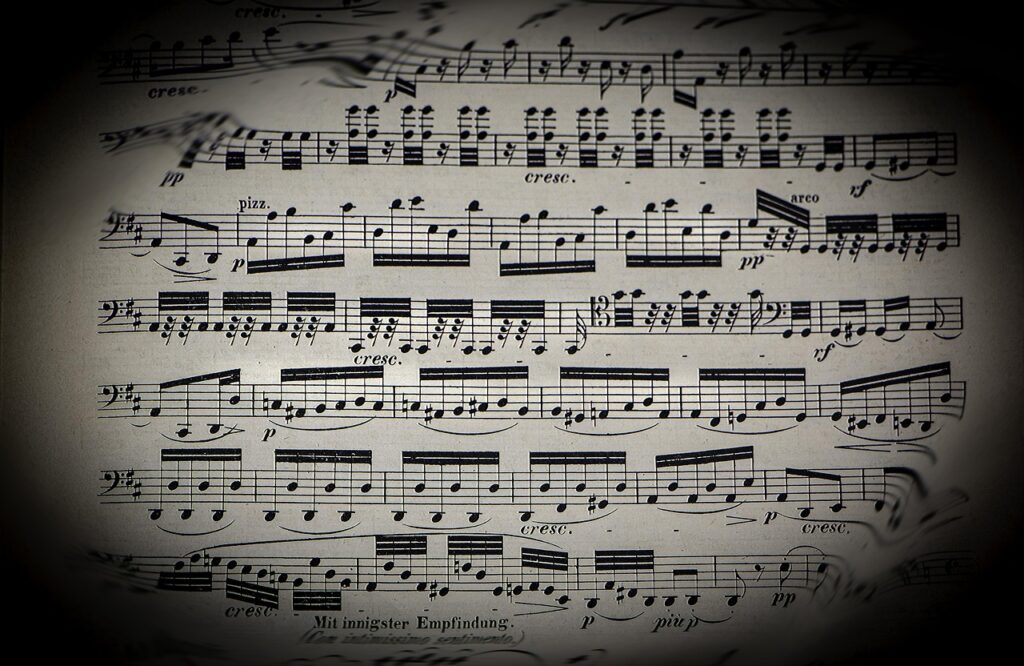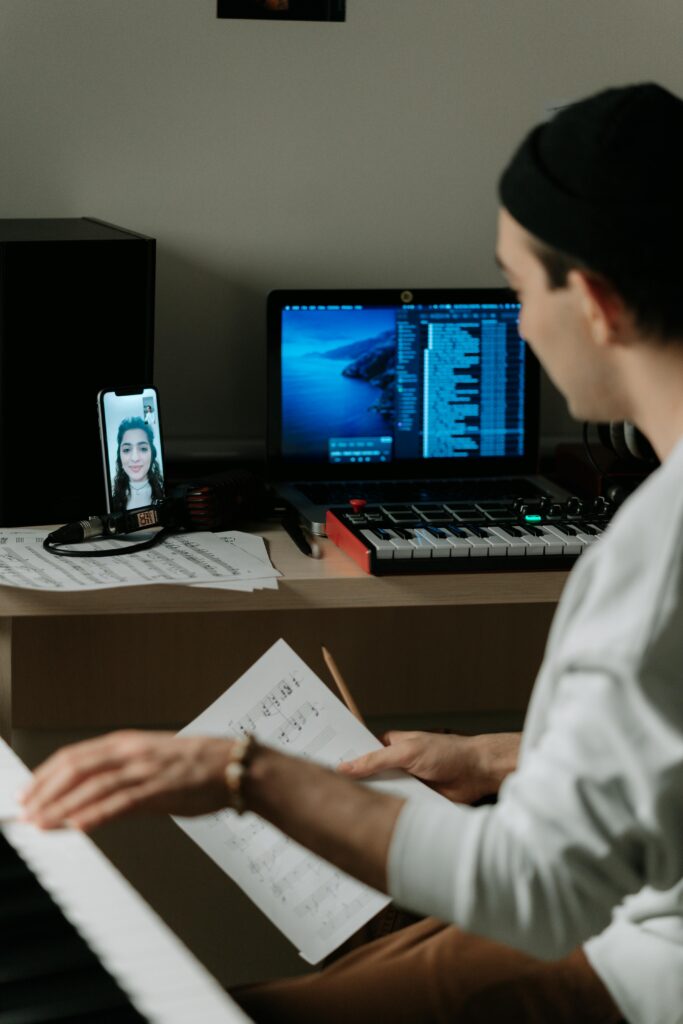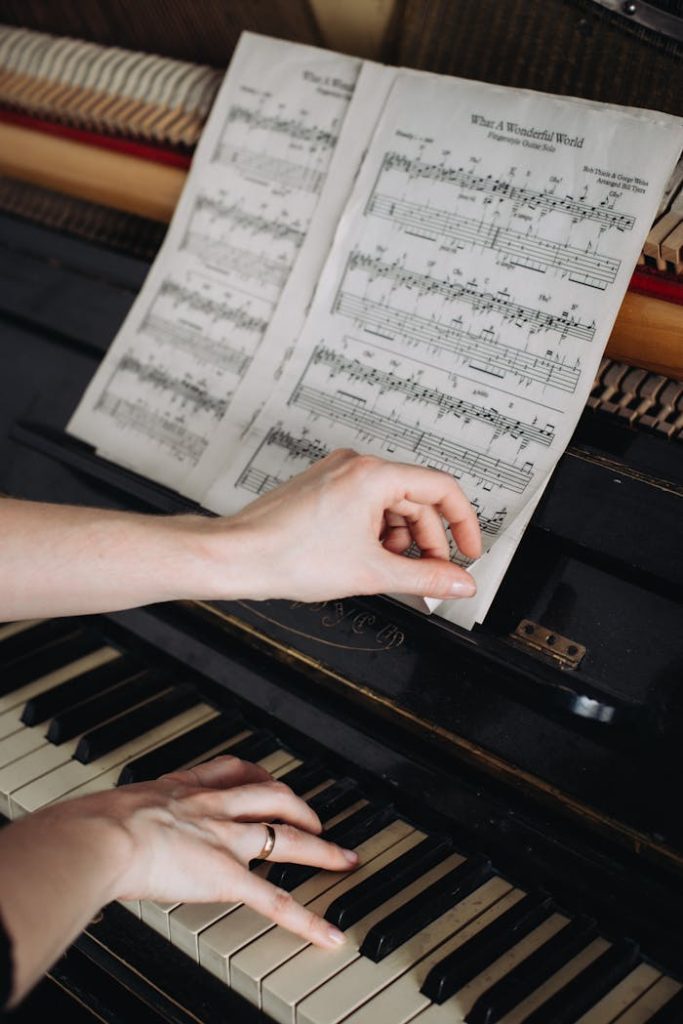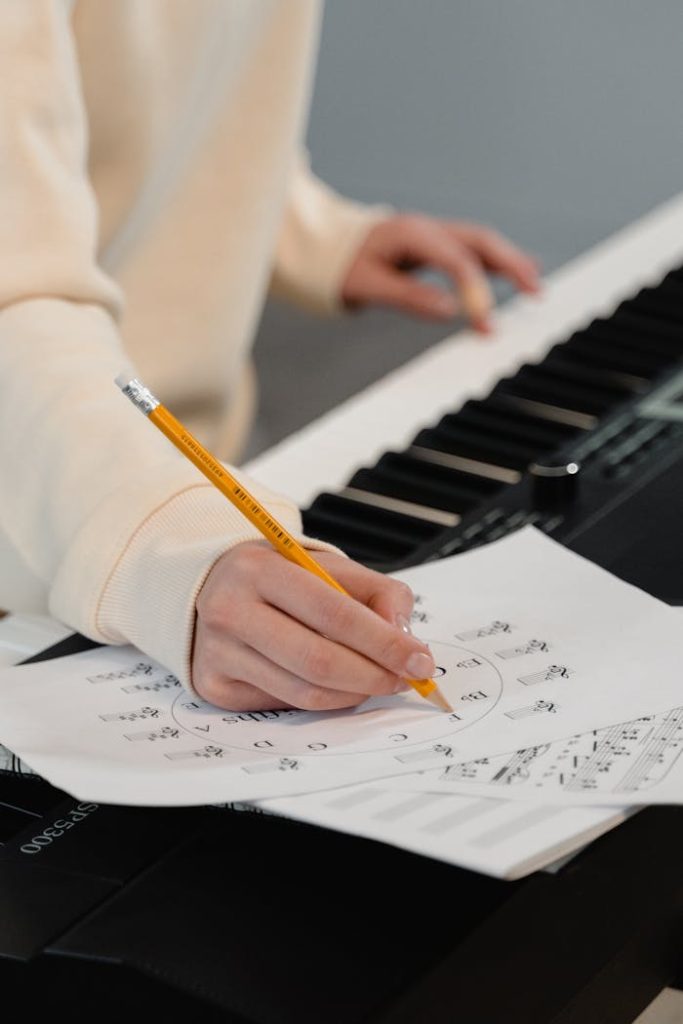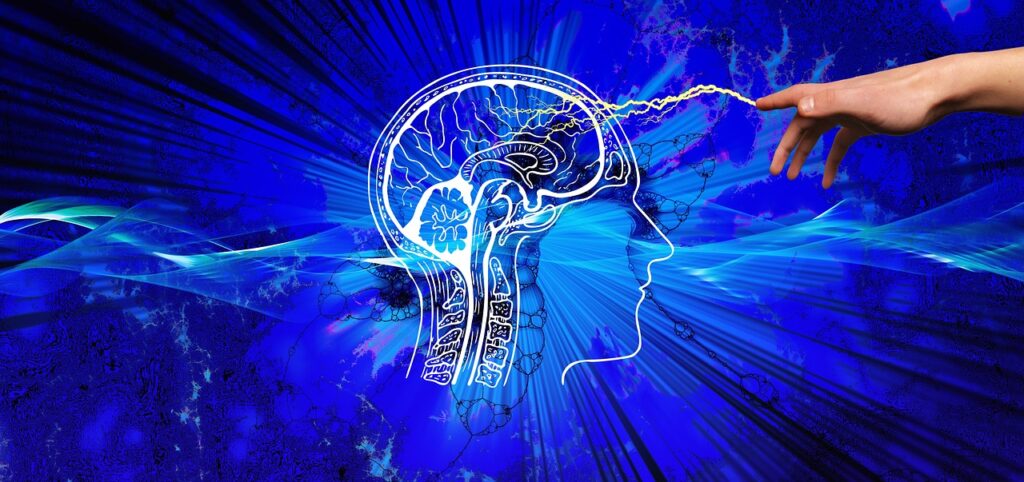🎼 Why Do We Have Sharps and Flats in Music?
(And Where Did They Even Come From?) Have you ever looked at a piano and wondered why there are black keys? Or why some notes have sharps (♯) or flats (♭) in music notation? These symbols are more than just musical grammar — they’re a result of centuries of evolution in how humans organize sound. […]
